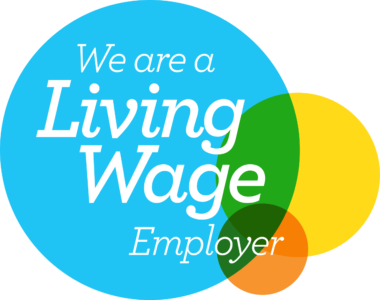Background
The Building Safety Act 2022 was enacted to afford protection to residents of high-rise buildings, following the Grenfell tragedy. However, many commercial landlords and tenants remain unaware of its impact on commercial premises that form part of a Higher Risk Building (HRB).
An HRB is a building that is:
- at least 18 metres high; or
- at least 7 storeys; and
- contains at least two residential units.
The Building (Higher-Risk Buildings Procedures) (England) Regulations 2023 (‘the Regulations’), which came into force on 1 October 2023 provide that certain works carried out within HRBs require approval from the Building Safety Regulator (BSR). The BSR currently serves as the building control authority for HRBs.
Impact on commercial premises
So, by way of an example, where the tenant of a retail shop on the ground floor of an HRB intends to carry out certain works, those works may be subject to the Regulations unless they fall within the provisions of Regulation 11(2) (which refers to ‘Scheme’, ‘Exempt’ or ‘Emergency’ works).
‘Fit out’ works
Incoming tenants who need to carry out ‘fit out’ works to adapt the premises for the purposes of their business, may also find that those works are subject to the Regulations and so require approval of the BSR.
Regulation 13 (1)(b) provides that the BSR must determine the application for approval within eight weeks, however currently these applications are taking in excess of 40 weeks and even up to 48 weeks, in London. Whilst ways of clearing the backlog are being considered, there is no immediate solution.
A landlord can therefore suffer a substantial loss of rent whilst the tenant is waiting for approval for the ‘fit out’ works.
To mitigate against this, landlords of commercial premises forming part of an HRB, should ensure that any agreement for lease includes provisions such as:
- the tenant applies for BSR approval within a specified time frame;
- the tenant takes reasonable steps to ensure that the application for approval is progressed as swiftly as possible; and
- the landlord’s right to terminate the agreement if BSR approval is not provided within a stipulated time frame.
From a tenant’s perspective, if a landlord decides to terminate the agreement due to lack of approval by the cut-off date, the tenant will sustain a loss, not only in respect of the costs of the ‘fit out’ plans but also the costs of the actual application for approval. The tenant should therefore negotiate any time limits carefully.
Break options
Another difficulty can arise for the tenant when exercising break options. If the break option is conditional on the tenant re-instating the property and those works fall within the remit of the Regulations, again approval of the BSR will be required. Given that most break options are subject to six months’ notice, it seems unlikely (at least currently) that BSR approval will be obtained within the requisite six months and therefore the tenant is likely to be in breach of the break conditions.
Tenants should therefore ensure when negotiating leases that the break conditions do not include any conditions which could lead to the tenant having to carry out works that fall within the Regulations. Instead, as prescribed by the Lease Code 2020 (The Code for Leasing Business Premises 2020), the break condition should simply require that:
- the tenant pays all basic rent payable before the break date;
- the tenant gives up occupation; and
- the tenant leaves no occupiers behind (subtenants or other occupiers).
Expert advice should always be sought at the outset together with a physical inspection of the to determine whether the Regulations apply.
If you would like further information, please contact Meena Gupta, Partner in Birketts’ property disputes team.
The content of this article is for general information only. It is not, and should not be taken as, legal advice. If you require any further information in relation to this article please contact the author in the first instance. Law covered as at November 2025.








